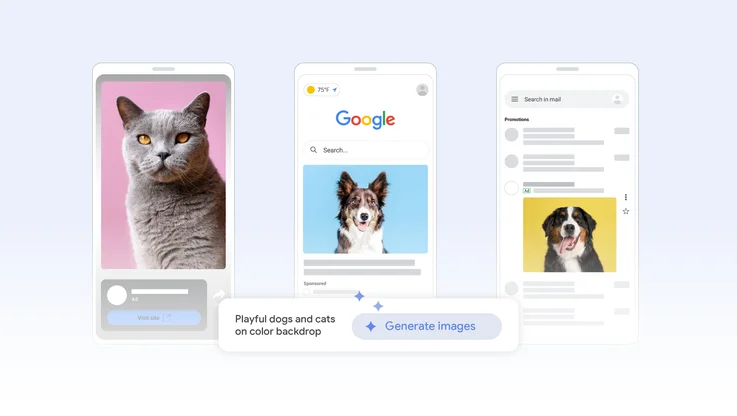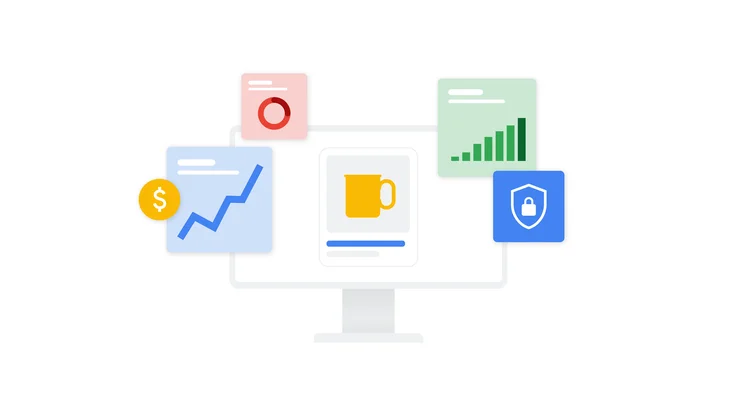Making YouTube Better in a Mobile, Cross-Screen World
Throughout the day, people turn to their nearest device for help making choices about what to do, what to watch, or even what to buy. More than anywhere else, these moments happen on Google and YouTube, and more often than not, they happen on mobile.
With over 50% of YouTube views now on mobile, we’re focused on building scalable solutions that will work across screens. To do this, we're announcing changes today that allow advertisers and agencies to better measure their campaigns and reach their audience on YouTube across screens, while continuing to offer users control over their ads experience on YouTube.
As we build this new measurement solution, we will continue to work closely with leading MRC accredited vendors including comScore, DoubleVerify, IAS, MOAT, and Nielsen. Together, these vendors account for the vast majority of third-party measurement on YouTube. These collaborations will enable agencies and advertisers to continue to independently measure and verify the performance of their campaigns.
While technologies like pixels and cookies still have a role in the broader ecosystem, most were built for a single screen—neither pixels nor anonymous cookies were designed for the ways in which users increasingly watch content on YouTube, like on the mobile app or in the living room. This can lead to inconsistent measurement and less relevant ads across screens, making it harder for people to control the ads they see or the data used to show them.
By investing more in the mobile first solutions we’re announcing today, users will have more choice and transparency over how they experience ads on Google and YouTube, and advertisers will have more opportunities to be present and relevant in the moments their audience chooses to watch.
With over 50% of YouTube views now on mobile, we’re focused on building scalable solutions that will work across screens. To do this, we're announcing changes today that allow advertisers and agencies to better measure their campaigns and reach their audience on YouTube across screens, while continuing to offer users control over their ads experience on YouTube.
Next generation insights and reporting
We’re developing a new, cloud-based measurement solution over the next year that will be at the cutting edge both in generating advertiser insights and in protecting privacy and security across Google and YouTube. With this new solution, advertisers will have access to more detailed insights from their YouTube campaigns across devices, so they can better understand the impact of their campaigns on their highest-value customers. For instance, a car manufacturer could get a rich understanding of how YouTube ads across devices influenced a specific audience (like previous SUV buyers).As we build this new measurement solution, we will continue to work closely with leading MRC accredited vendors including comScore, DoubleVerify, IAS, MOAT, and Nielsen. Together, these vendors account for the vast majority of third-party measurement on YouTube. These collaborations will enable agencies and advertisers to continue to independently measure and verify the performance of their campaigns.
Improved ways to reach your audience
As more viewership on YouTube shifts to mobile, we’re making it easier for advertisers to deliver more relevant, useful ads across screens. Now, information from activity associated with users’ Google accounts (such as demographic information and past searches) may be used to influence the ads those users see on YouTube. So, for example, if you’re a retailer, you could reach potential customers that have been searching for winter coat deals on Google and engage with them with your own winter clothing brand campaign at just the right moment. In addition, we're creating new ways for advertisers to use their customer data to reach their highest-value customers on YouTube using Customer Match. For example, that same retail advertiser could reach customers that signed up to receive special offers in their stores.User controls built for the mobile world
In addition to the advertiser solutions announced above, users will continue to have control over what ads they see on YouTube and across Google with the controls in My Account, and as always, we maintain strict policies against sharing personally identifiable information with advertisers. In the coming weeks, we’ll enable a user control that was built with cross-screen viewing in mind: if a user mutes an advertiser on Google Search, ads from that advertiser will also be muted when they watch on YouTube. For example, if you see a gym membership ad but have already signed up for a gym as part of your New Year’s resolution, you can mute that ad in Search, and you won’t see ads from that advertiser on YouTube.Paving the path for the future
As we roll out these changes, we’re supporting the platforms where the majority of users watch today rather than continuing to invest in the legacy technologies of the desktop web. As a result, we’ll be limiting the use of cookies and pixels on YouTube starting this year.While technologies like pixels and cookies still have a role in the broader ecosystem, most were built for a single screen—neither pixels nor anonymous cookies were designed for the ways in which users increasingly watch content on YouTube, like on the mobile app or in the living room. This can lead to inconsistent measurement and less relevant ads across screens, making it harder for people to control the ads they see or the data used to show them.
By investing more in the mobile first solutions we’re announcing today, users will have more choice and transparency over how they experience ads on Google and YouTube, and advertisers will have more opportunities to be present and relevant in the moments their audience chooses to watch.




